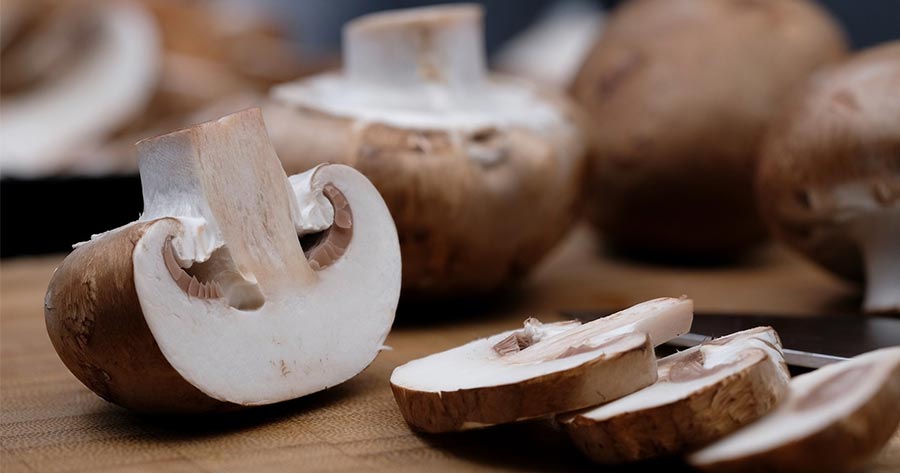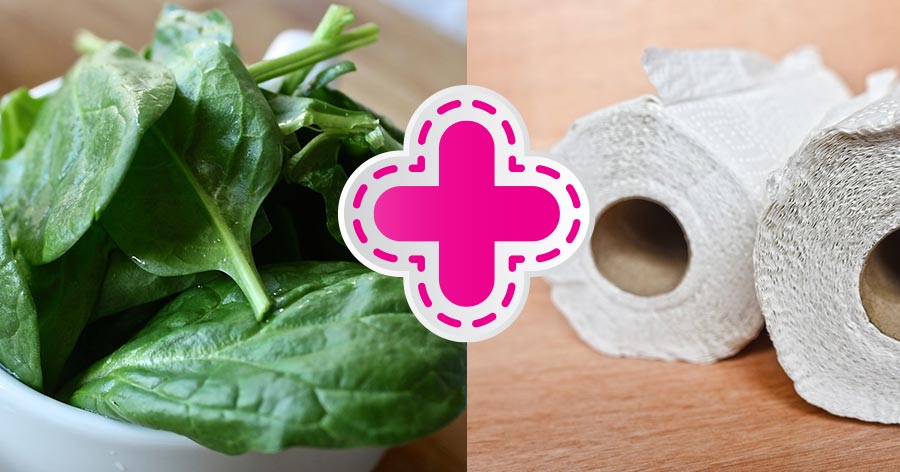Fruits and vegetables: they’re an incredibly important part of a balanced diet. Unfortunately, all too often, fruits and vegetables go bad before you have a chance to eat them. If you’re tired of throwing away fruits and vegetables that have gone bad in the fridge, try some of these tips to keep them fresh longer.
1. Store Your Fruits and Vegetables in the Right Locations
Get to know what your fruits and vegetables really want for maximum longevity. Onions, for example, do not need to be in the fridge and not only will they go bad faster with refrigeration, they may cause other fruits and vegetables to go bad faster, too. Check out some of these important tips:

Garlic is best stored in a cool, dark, dry place. A paper bag or box on the counter will offer great storage for your garlic without costing a fortune–and will help keep it from going bad quickly.

Many herbs store well in water. Parsley, basil, and cilantro, for example, will store beautifully in a glass of water, just like you would store a bouquet of flowers. This strategy also works well for asparagus–and can free up some much-needed space in your fridge. Need to store more herbs? You can break them up and freeze them in ice cubes, then toss them in soups and stews as needed.

Avocados ripen faster outside the refrigerator. Avocados are often set out in stores before they’re fully ripe. Sticking them in the fridge will slow or even stop the ripening process, leaving you waiting for weeks for edible avocados! Instead, wrap them in newspaper and place them in a paper bag to help them ripen faster. Need them to get ripe even faster? Toss a banana into the bag with the avocados. And speaking of bananas…

Wrap the stems of your bananas. If you need your bananas to keep a little longer, try wrapping their stems. This will prevent the gas released during the ripening process from making it to the other parts of the fruit, which will keep your bananas at peak ripeness longer.

Tomatoes belong on the windowsill, not in the fridge. Do you want a rich, mature flavor from your tomatoes? Keep them out of the refrigerator! Instead, place them on the kitchen windowsill, in the sunlight. This will help develop a rich, robust flavor for your tomatoes.

Try a box for your potatoes. There’s a reason why potato boxes are an incredibly popular product: potatoes like cool, dry spaces. Your grandmother probably stored her potatoes in the cellar, but you can mimic the effect by placing potatoes in a dark, dry space and wrapping them with newspaper. Storing in a paper bag can also help prolong the life of your potatoes.
2.Which Fruits and Veggies Actually Belong in the Fridge?
Now that you know many of your fruits and vegetables will benefit from storage outside the refrigerator, consider which ones do need refrigeration to last for as long as possible–and try some of these important tips to keep your fruits and vegetables looking their best.

Wash berries with vinegar before storing. This can help remove bacteria that can cause your fruits to decay faster. Try rinsing with a vinegar and water mix–dilute the vinegar to help reduce the flavor. You’ll find that your berries last much longer!

Keep your mushrooms dirty. Sounds counter intuitive, doesn’t it? When mushrooms come into contact with water, however, they start degrading–and that means they won’t be good as long.

Keep half avocados and lemons fresh. We do love our avocados and lemons–but often, those are foods we only use half of at a time. Instead of throwing the other half away, try a couple of easy strategies to keep them fresh: wrap lemons in aluminum foil, and brush avocados with a little bit of oil to help them stay fresh.

Wrap your leafy greens. Spinach, lettuce, and collard greens all often degrade quickly after you buy them. Try wrapping them in a highly absorbent paper towel, then storing them in a sealed container. You can also try exhaling into the storage container you use for your greens to help them keep a little longer.

Add vinegar to peeled potatoes. Store peeled, diced potatoes in a bowl of water with a little vinegar to prevent them from turning grey.
Storing fruits and vegetables doesn’t have to be an ongoing headache–or a hazard every time you open your fridge. Try some of these strategies to keep your produce fresh longer.

